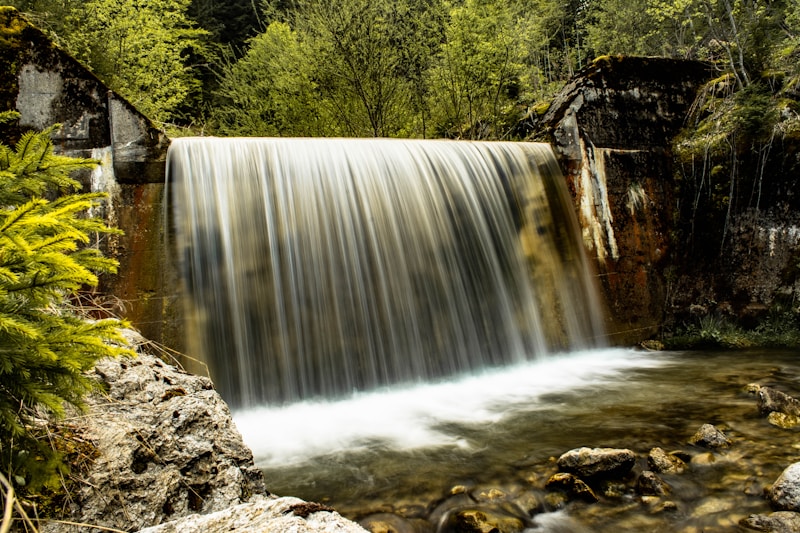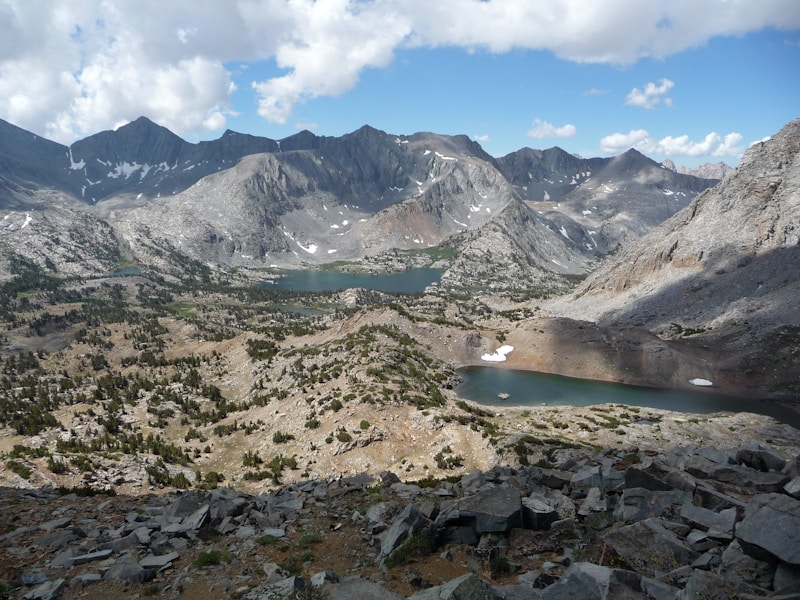20 Questions
What are some examples of geohazards studied by physical geographers?
earthquakes, volcanic eruptions, extreme weather events
What are the two main aspects of geohazards that geographers strive to understand?
causes, impacts, and mitigation strategies
What are some examples of human-induced environmental changes explored by geographers?
deforestation, pollution, climate change
What is GIS and how do geographers use it?
Geographic Information Systems; to analyze, visualize, and interpret spatial data
What is the main emphasis of physical geography as described in the article?
how natural processes shape our world and how humans interact with their environment
What does physical geography focus on?
The natural processes and features that shape our planet.
Name two landforms studied in physical geography.
Mountains, valleys
What are some natural processes studied in physical geography?
Erosion, weathering, tectonic movements, glaciation
Differentiate between climate and weather.
Weather describes short-term atmospheric conditions, while climate represents the average weather patterns over extended periods of time.
Name three interacting spheres of the Earth according to physical geography.
Atmosphere, hydrosphere, biosphere
What is the purpose of surface drainage systems?
To move water away from streets, sidewalks, and other hard surfaces.
How do subsurface drainage systems differ from surface drainage systems?
Subsurface drainage systems remove water from the ground, particularly in areas prone to flooding or high water tables, while surface drainage systems focus on hard surfaces.
What is the function of runoff drainage systems?
To collect and transport stormwater that flows off rooftops, parking lots, and other surfaces.
How do drainage systems contribute to maintaining healthy environments for plants and wildlife?
They help prevent flooding and water-related damage, creating suitable habitats for plants and wildlife.
What are the essential components of subsurface drainage systems?
Perforated pipes, geotextiles, and sand layers.
What are the main benefits of proper irrigation drainage in agricultural lands?
Prevent soil erosion and nutrient pollution, improve crop yields and soil health
How do drainage systems contribute to maintaining healthy ecosystems?
Prevent soil erosion and nutrient pollution in bodies of water, protect and restore wetlands, improve water quality in rivers, lakes, and streams
What are some challenges faced by drainage systems and the solutions to address them?
Aging infrastructure, increasing urbanization, natural disasters; regular maintenance and upgrades, integrated water management plans, green infrastructure, climate change adaptation strategies
How do efficient drainage systems contribute to urban infrastructure?
Prevent flooding and water-related damage, maintain safe road conditions, minimize sewage overflows, aid in snow and ice removal
Why are drainage systems considered essential to the health and safety of communities and natural landscapes?
They create resilient and sustainable environments, prevent flooding and water-related damage, protect public health and natural waterways, contribute to the overall health and sustainability of natural landscapes
Study Notes
Geo Chapter 1: Exploring the World of Physical Geography
In Geography 101, we embark on our journey through the fascinating field of physical geography, which focuses on the natural processes and features that shape our planet. Here, we'll discuss the key aspects of this discipline, touching upon various subtopics that encapsulate its essence.
Landforms and Processes
Physical geography studies the formation and characteristics of landforms such as mountains, valleys, and coastlines. It also investigates the natural processes that create these features, including erosion, weathering, tectonic movements, and glaciation. By understanding these processes, geographers can uncover the rich history of our planet and predict future changes.
Climate and Weather
Climate and weather are crucial components of physical geography. Weather describes short-term atmospheric conditions like temperature, precipitation, and wind, while climate represents the average weather patterns over extended periods of time. Geographers study these factors to understand how they impact our environment and the planet's inhabitants.
Atmosphere, Hydrosphere, and Biosphere
The Earth consists of several interacting spheres, including the atmosphere, hydrosphere, and biosphere. Geographers examine these spheres and their relationships to each other, such as how water cycles through the atmosphere or how the biosphere affects climate. By understanding these connections, geographers can appreciate the interdependence and complexity of our planet.
Geohazards and Environmental Change
One of the most important aspects of physical geography is the study of geohazards, including natural disasters like earthquakes, volcanic eruptions, and extreme weather events. Geographers strive to understand the causes, impacts, and mitigation strategies for these disasters. Additionally, they explore human-induced environmental changes, such as deforestation, pollution, and climate change, which pose significant challenges for our planet.
Regional Geography
Physical geographers examine the similarities and differences among regions on Earth. By studying how landforms, climate, and other factors vary across the globe, geographers can appreciate the unique character of each region. They also explore the connections between these regions and how they influence global processes and human activity.
Geographic Information Systems (GIS)
GIS is a powerful tool that geographers use to analyze, visualize, and interpret spatial data. By combining maps, satellite imagery, and other geographic data, geographers can understand complex phenomena and develop strategies for sustainable development. GIS enables geographers to examine the relationships between various environmental factors and to make informed recommendations for policy-makers and other stakeholders.
Conclusion
Physical geography offers an exciting and comprehensive view of our planet, emphasizing how natural processes shape our world and how humans interact with their environment. By exploring the topics covered in this article, you'll gain a deeper understanding of geography and a greater appreciation for the complexity and beauty of our world. As you continue to study geography, you'll discover the many ways this discipline can help to solve some of the most pressing challenges facing our planet today.
Embark on a journey into the world of physical geography, exploring landforms, climate, atmosphere, geohazards, regional differences, and the powerful tool of GIS. Understand the natural processes that shape our planet and the interconnectedness of Earth's systems.
Make Your Own Quizzes and Flashcards
Convert your notes into interactive study material.




